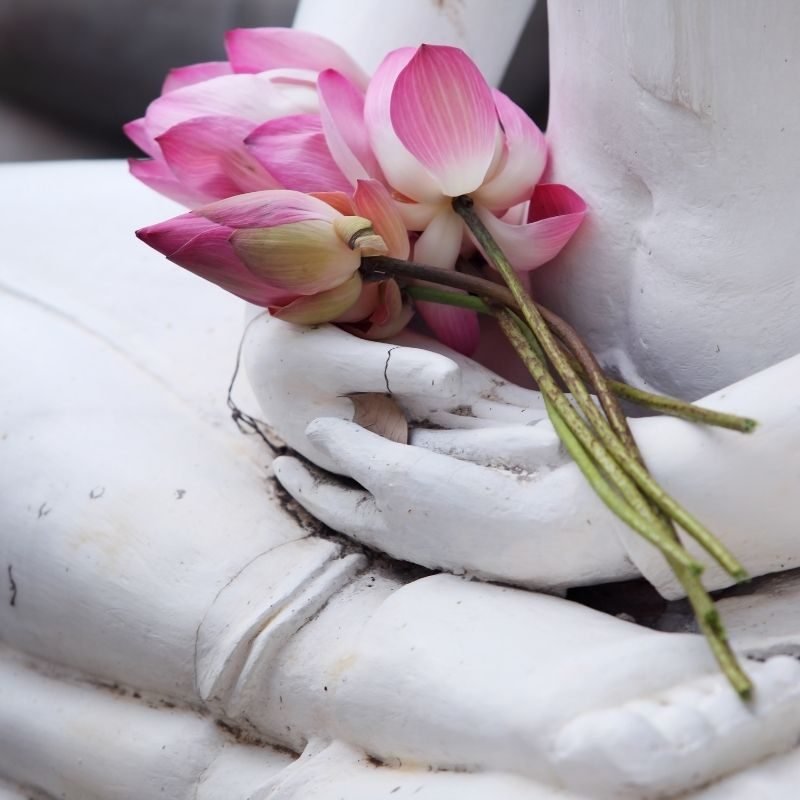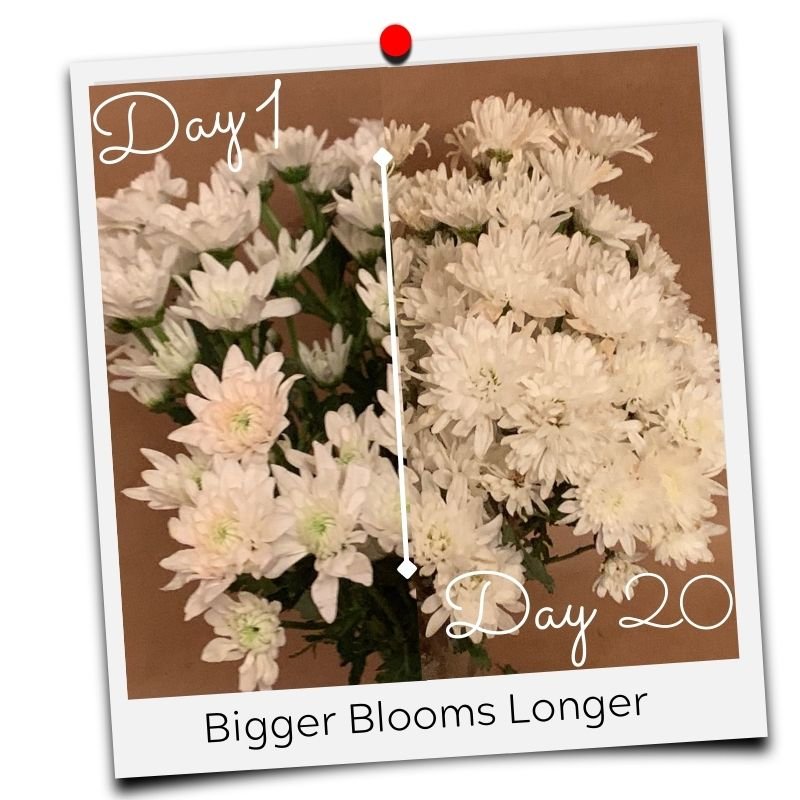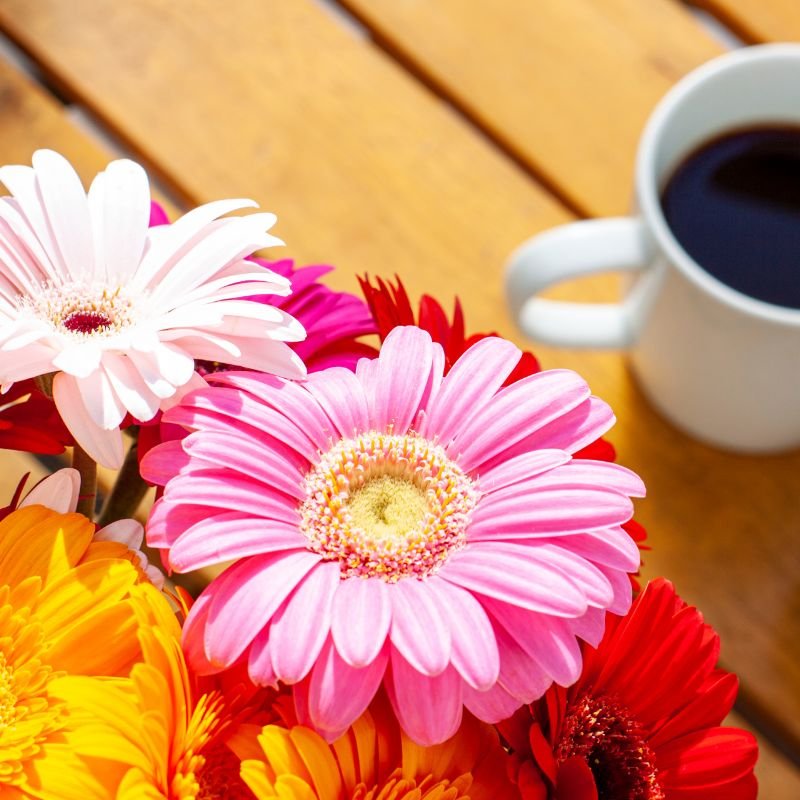Flowers in Buddhism: A Meditation Tool for Spiritual Growth

Fresh cut flowers are more than just beautiful—they’ve long held spiritual meaning in Buddhist practice. From the muddy rise of the lotus to the fleeting bloom of cherry blossoms, flowers remind us of transformation, impermanence, and inner peace.
Whether you’re new to meditation or deep in your spiritual practice, incorporating these symbolic flowers can deepen your connection and enhance your experience.
The Lotus Flowers In Buddhism: Rising Above the Mud
In Buddhism, the lotus flower symbolizes purity, resilience, and enlightenment. It grows from muddy waters, yet blooms pristine and untouched—just like the spiritual path.
“Just as a lotus rises unsoiled from the mud, so I, born in the world, live unsoiled by it.” —The Buddha
Try This:
During meditation, picture a lotus slowly rising through murky water into full bloom. Let it represent your own journey—rising above doubt, pain, or fear to uncover peace and wisdom.
The lotus also reminds us to be present. No matter how messy life gets, transformation is always possible.
The Daffodil Flowers In Buddhism: Joy and Rebirth
In Buddhist symbolism, the daffodil represents renewal, hope, and joy. Its bright yellow color evokes the sun—energizing your practice and shifting your mindset.
Use daffodils to:
Anchor yourself in the present
Focus on joy and gratitude
Reflect on the impermanence of emotions
Meditation Tip:
Hold a daffodil or visualize one in bloom. Use it as a reminder that every moment is a chance to start fresh, just like spring follows winter.
The Cherry Blossom Flowers In Buddhism: Beauty in Impermanence
Cherry blossoms are perhaps the most iconic reminder of life’s fragility and beauty. Their brief bloom speaks to the fleeting nature of all things—and the importance of embracing the now.
“Remember that not getting what you want is sometimes a wonderful stroke of luck.” —Dalai Lama
Mantra Practice:
Repeat “Cherry Blossom” as a simple, grounding mantra. Let it remind you to savor beauty, even as it fades.
Their delicate petals symbolize both awakening and acceptance—key elements in mindfulness and Buddhist thought.
How to Use Flowers in Your Meditation Practice
You don’t need to be a monk or a minimalist to use flowers in your meditation space. Just choose a flower that resonates with your current emotional or spiritual goal:
| Flower | Represents | Try It For… |
|---|---|---|
| Lotus | Enlightenment, resilience | Transforming difficulty into peace |
| Daffodil | Joy, renewal, gratitude | Energizing your practice with optimism |
| Cherry Blossom | Impermanence, presence | Letting go of attachment, savoring now |
Place fresh flowers in your meditation space, hold a bloom in your hands, or visualize the flower as you breathe.
BONUS: Keep Your Meditation Flowers Fresh Longer
Cut flowers can bring beauty and meaning to your practice—if they last.
That’s where Flower Boosters comes in.
Scientifically formulated with caffeine (yes, really), Flower Boosters perks up stems and keeps your flowers hydrated and vibrant up to 20 days—no mystery chemicals, no wilted petals mid-practice.
Whether you’re meditating, journaling, or simply sitting in stillness, fresh flowers can become a powerful spiritual ally. Keep them beautiful longer with Flower Boosters.
Learn more at FlowerBoosters.com






